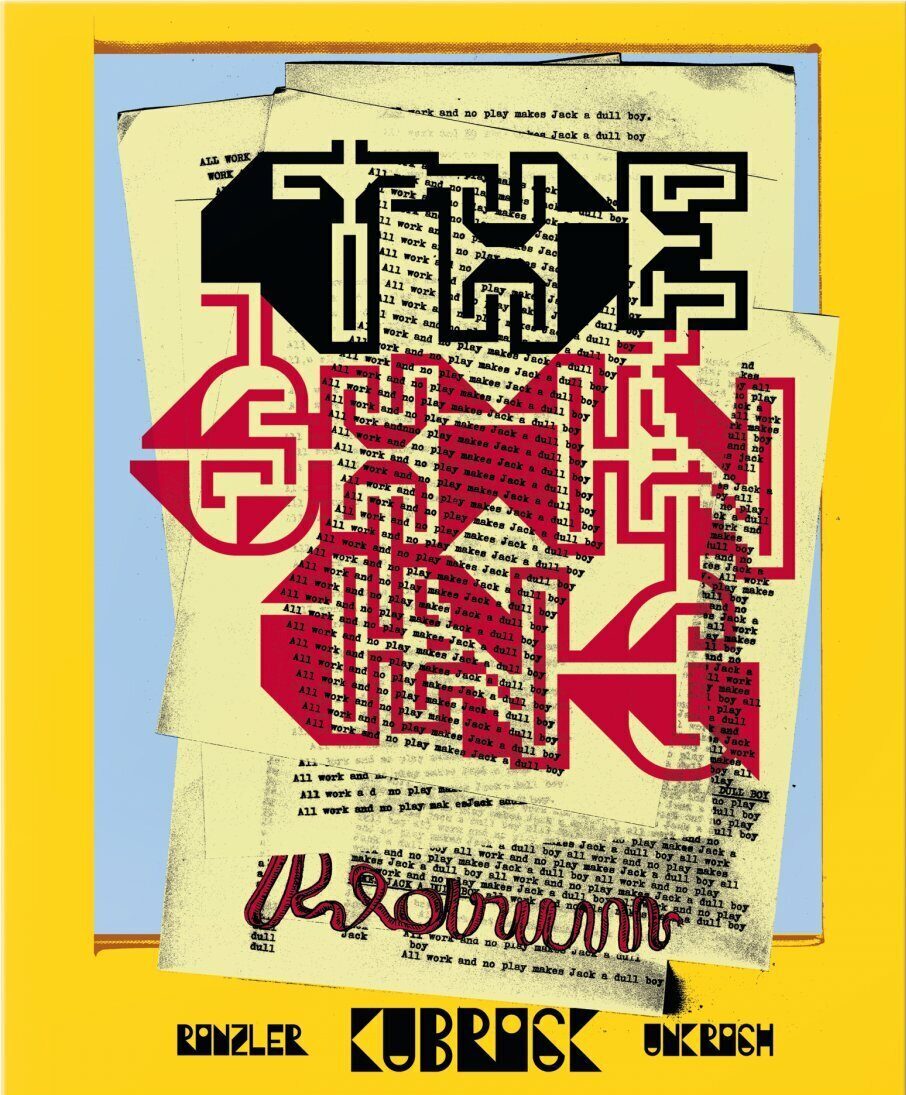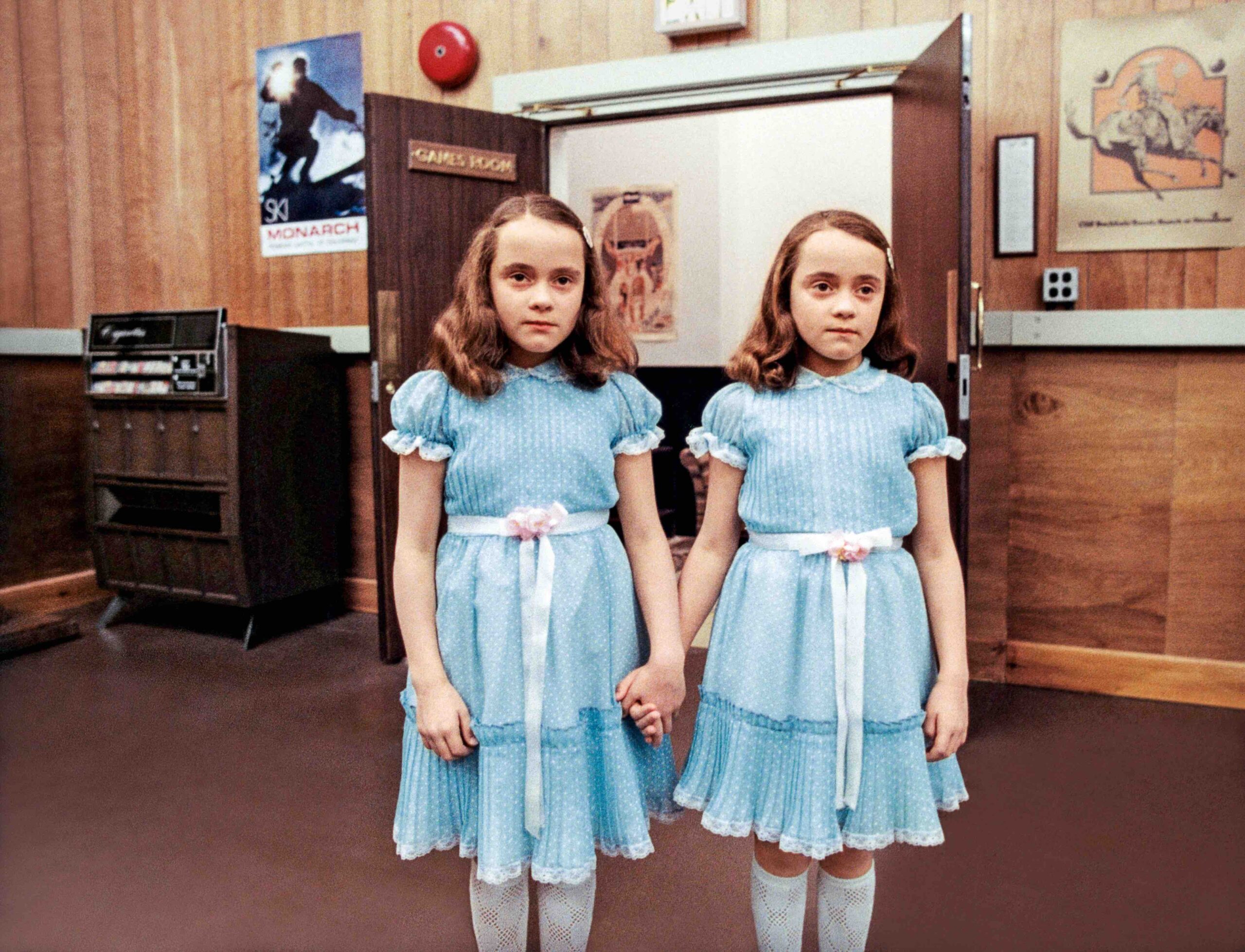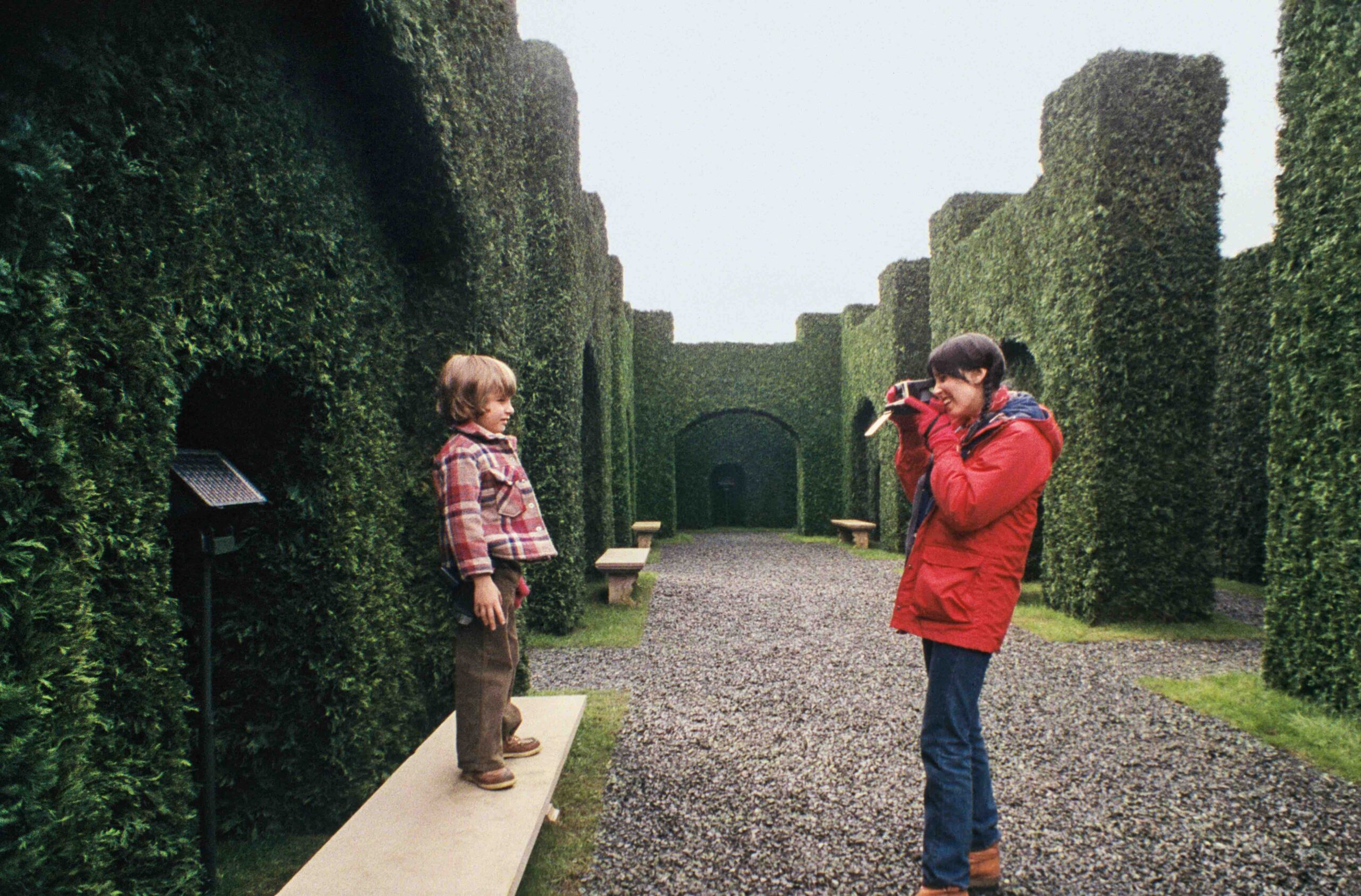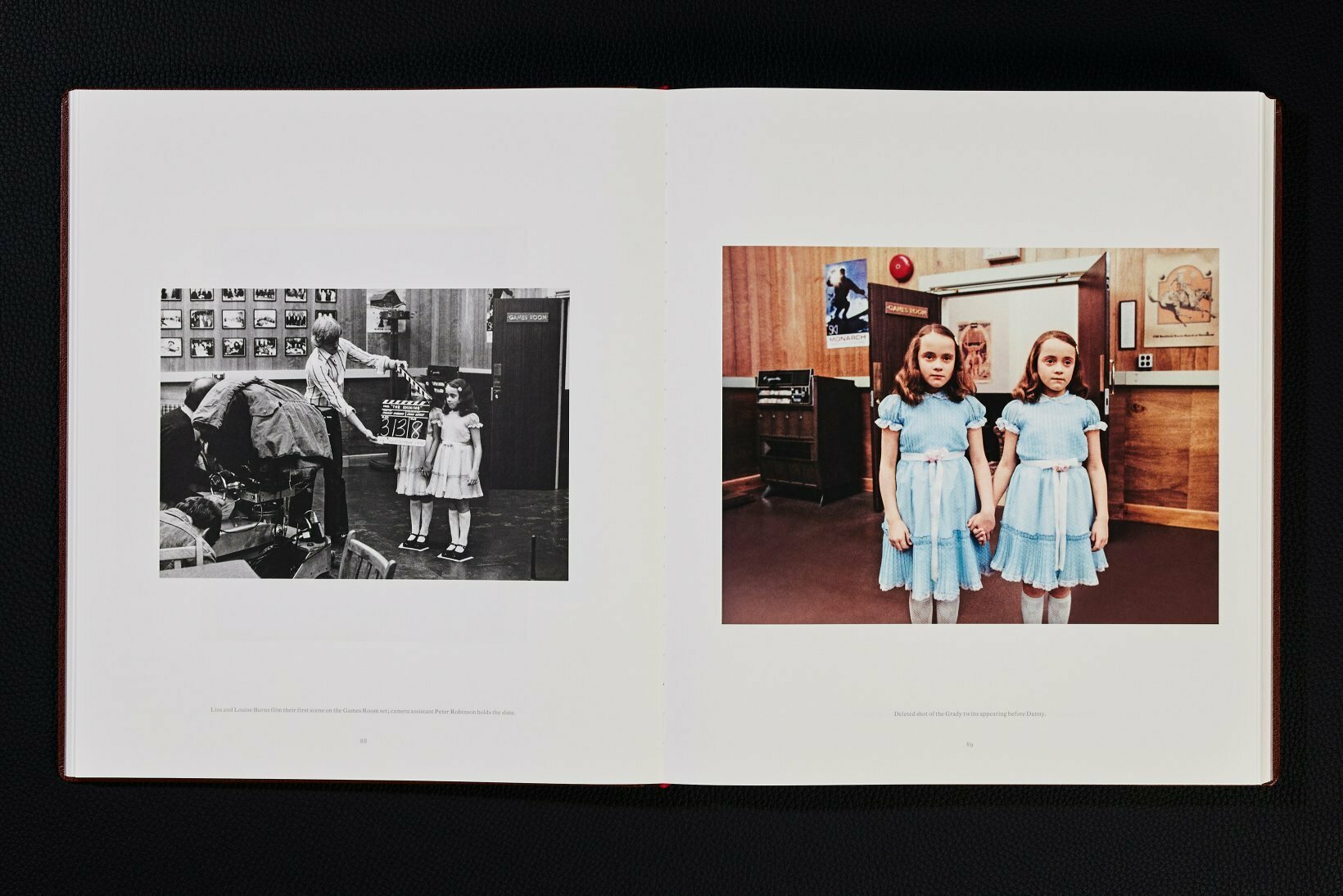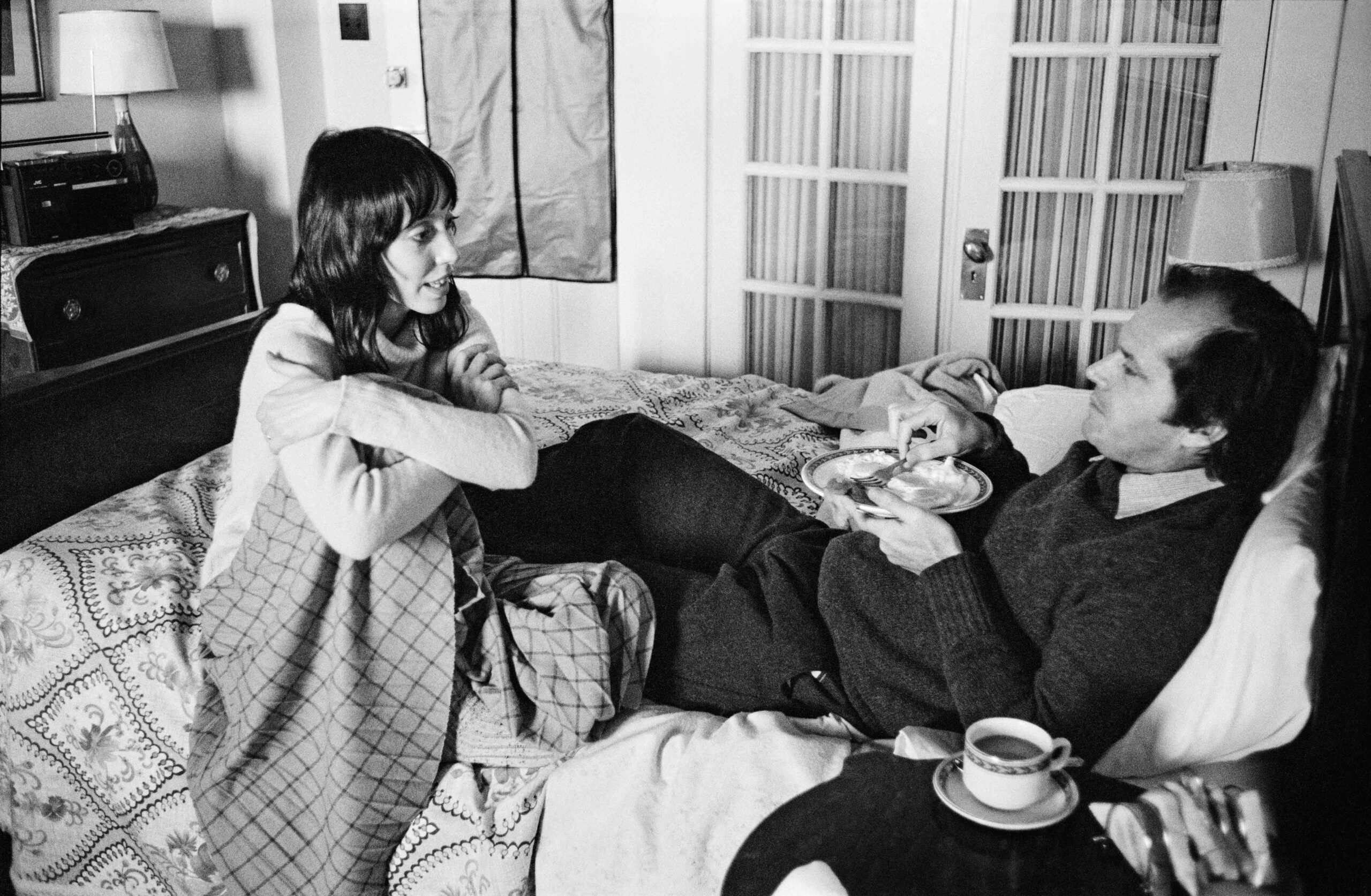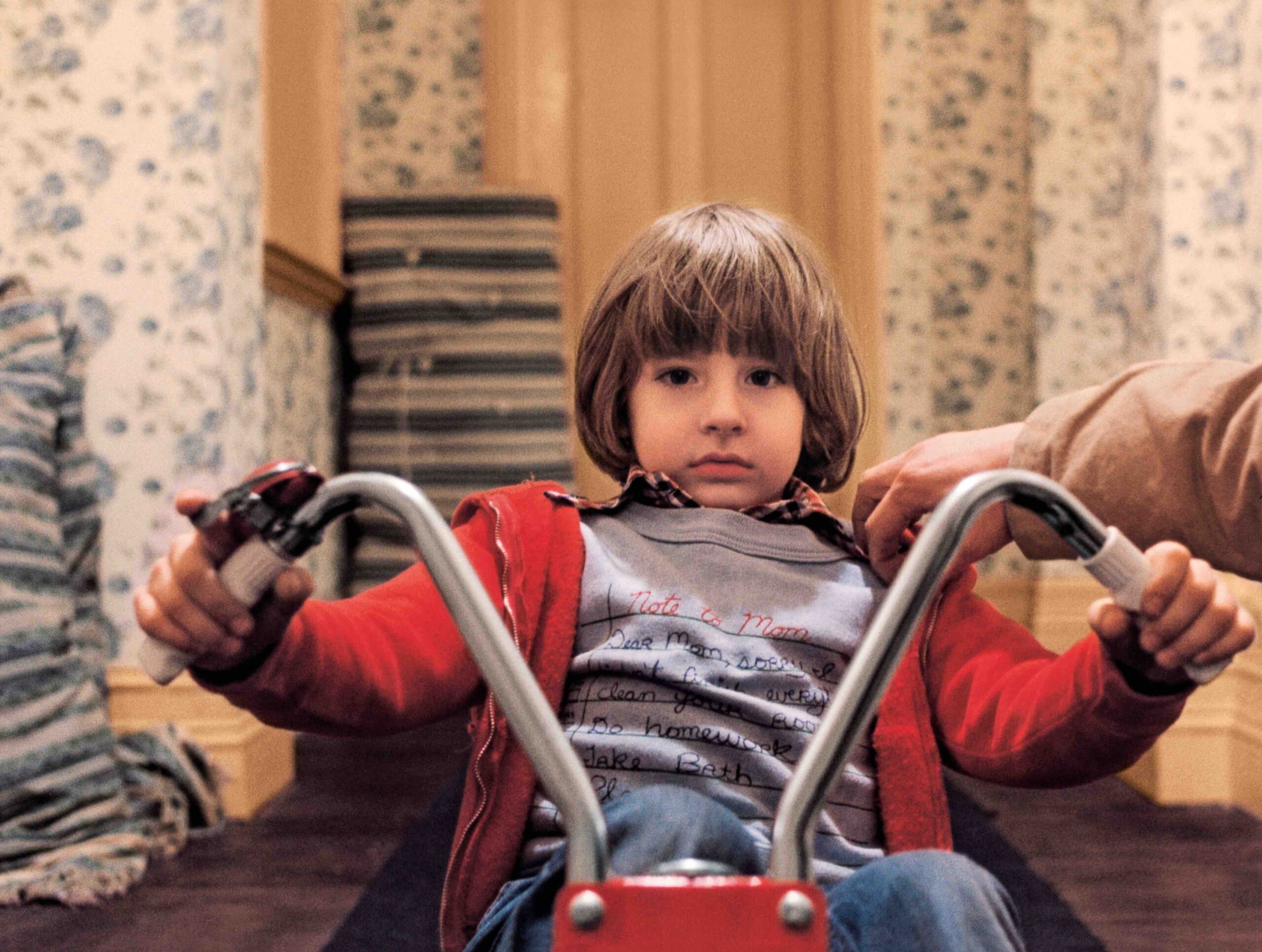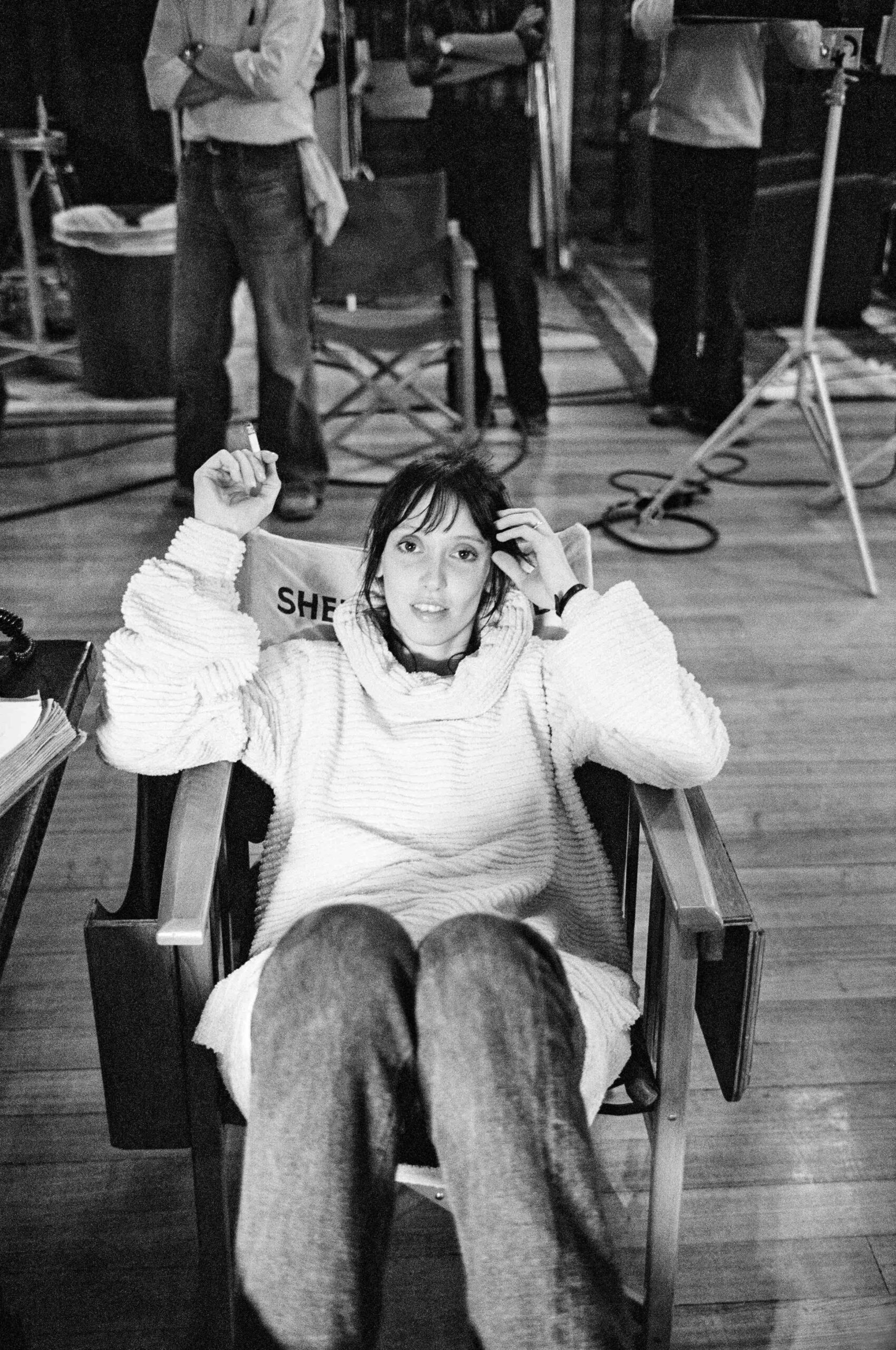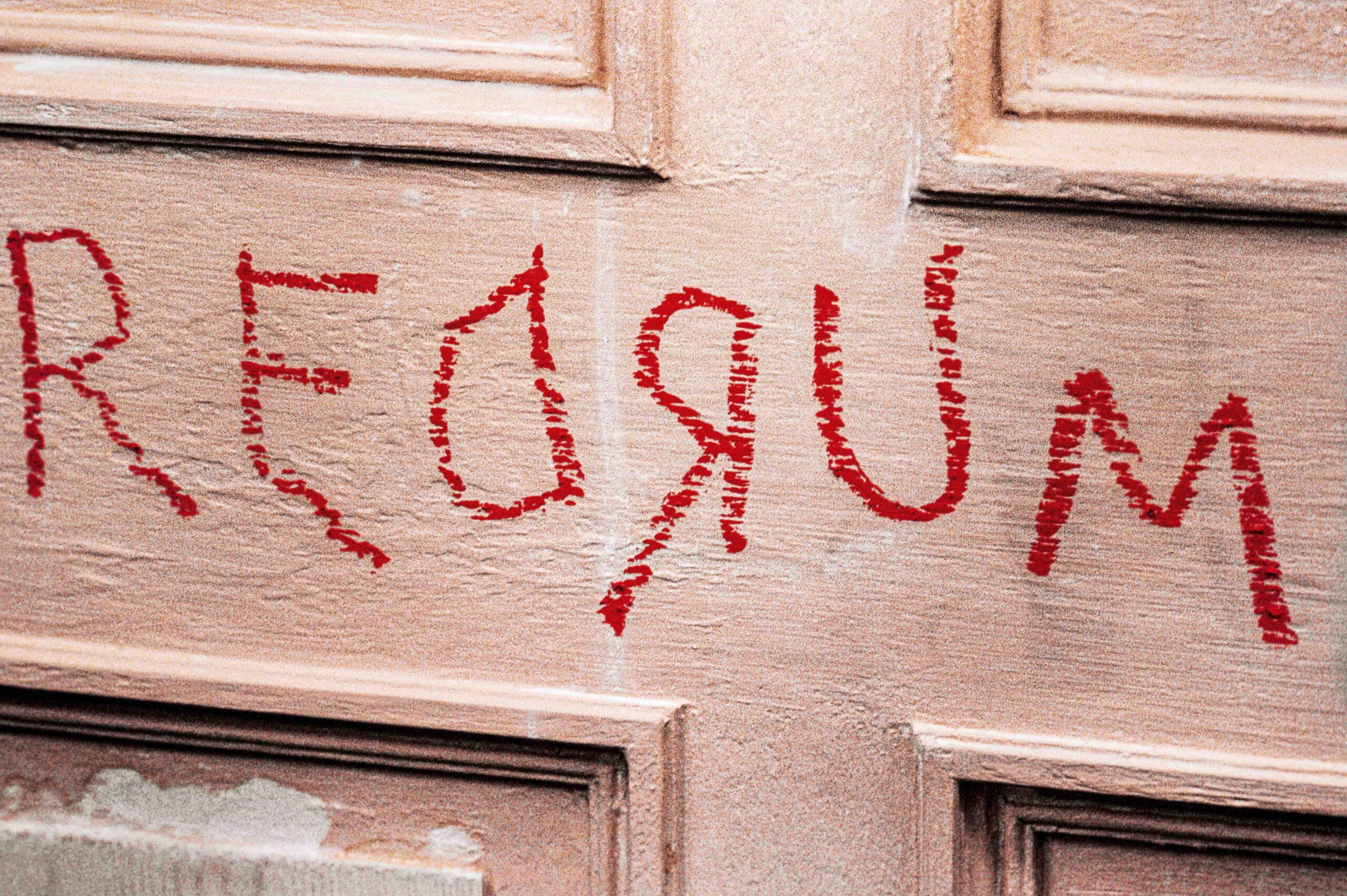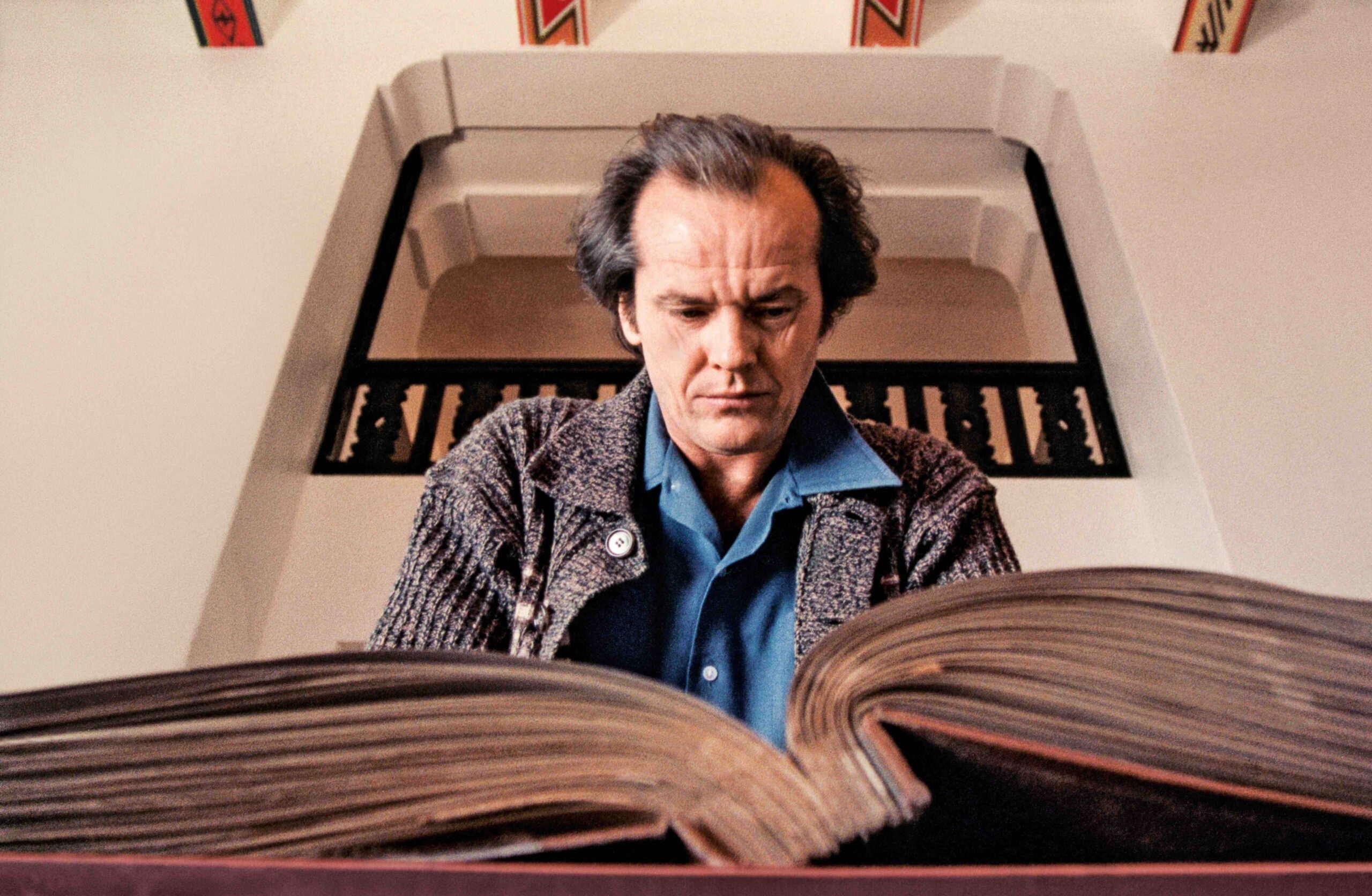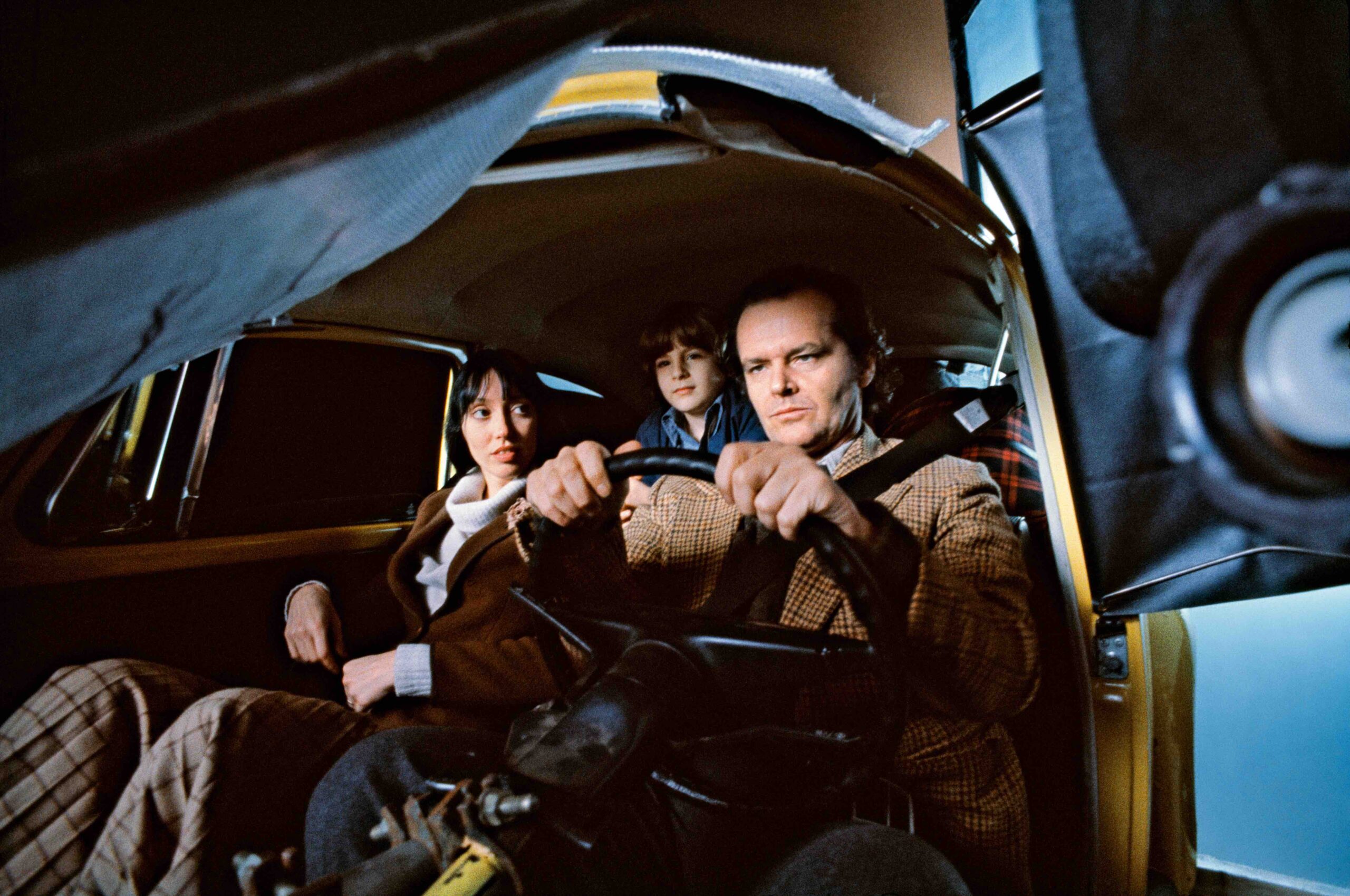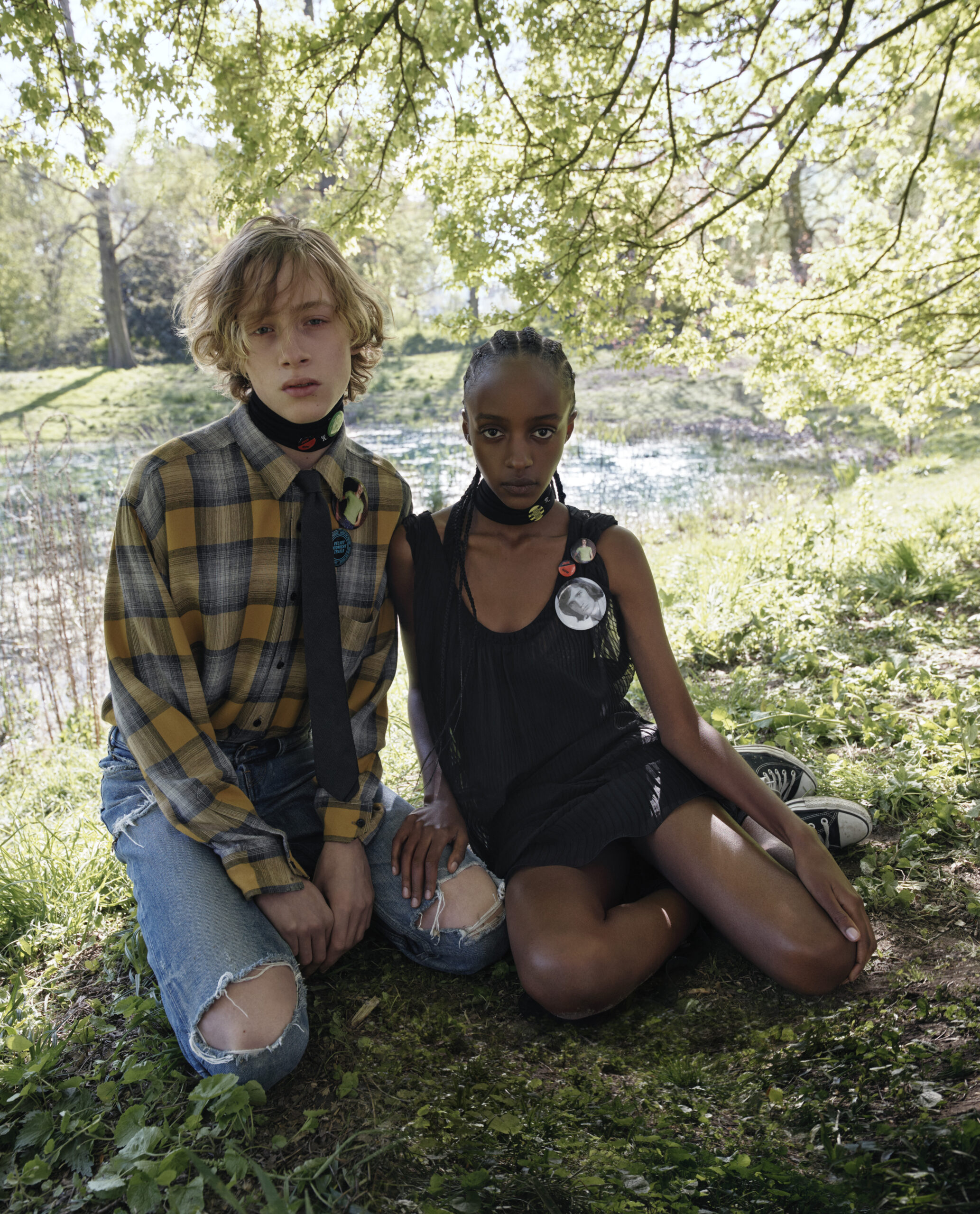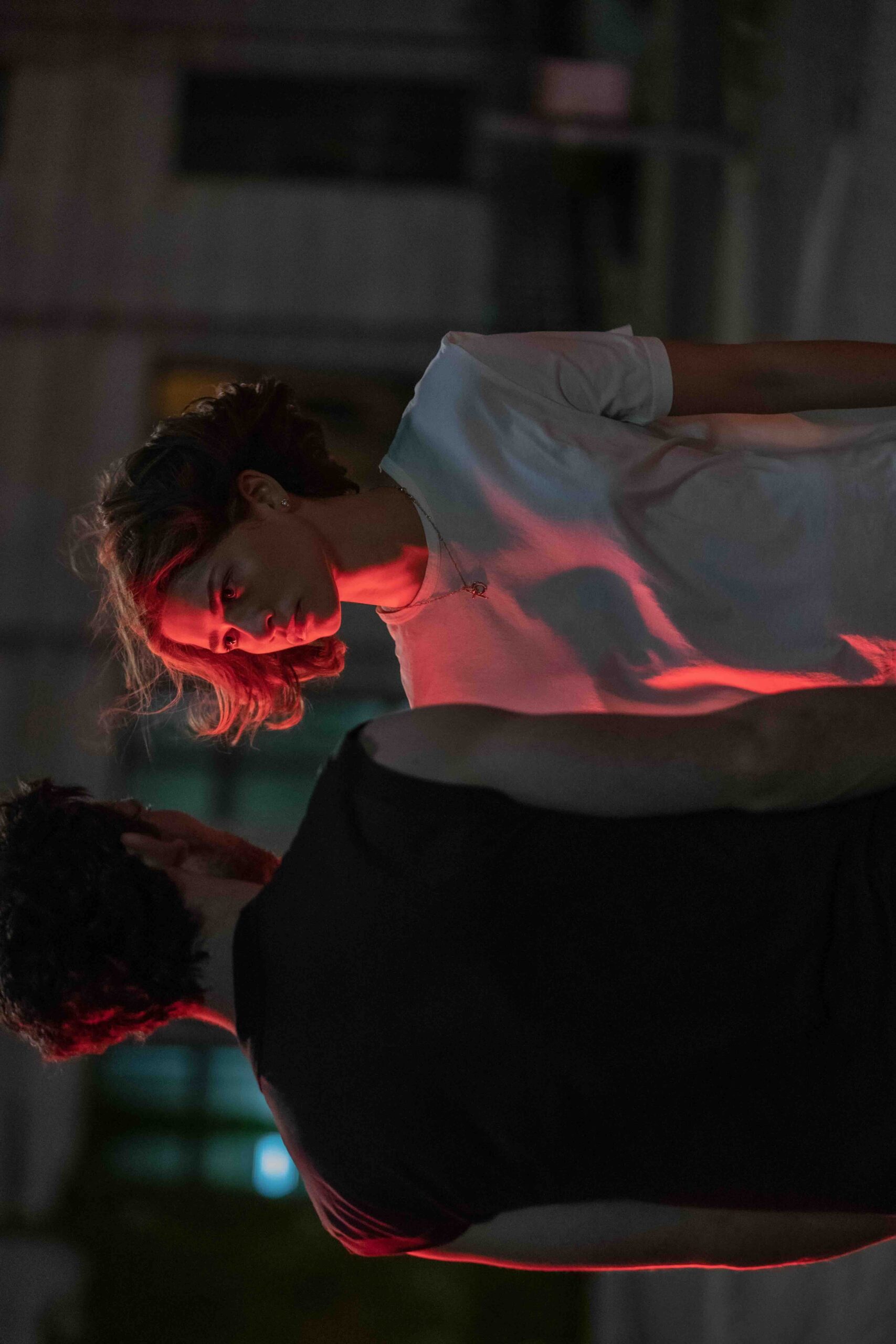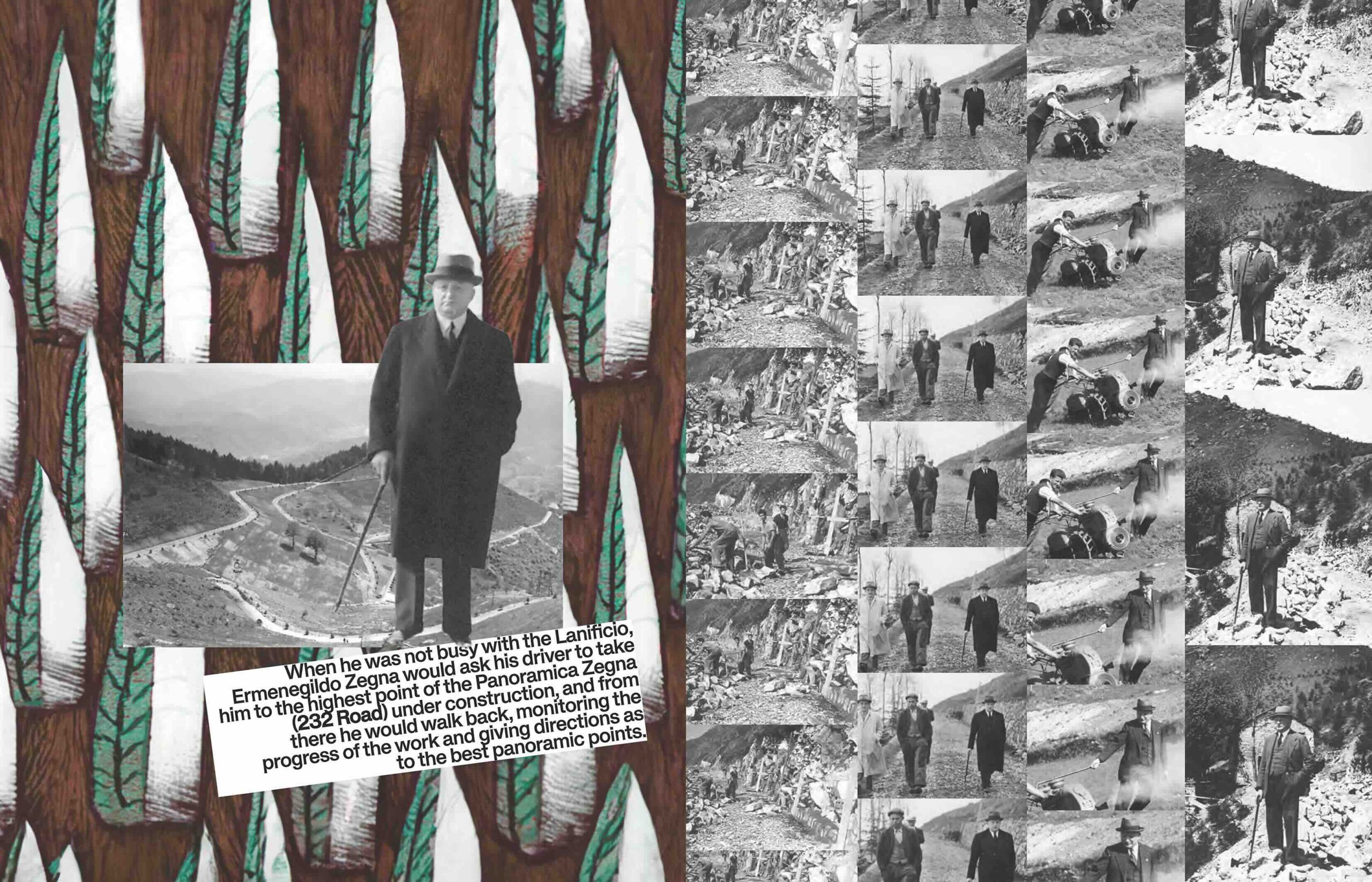At 38 years old, Stanley Kubrick says he wants to produce the world’s scariest movie, putting aside the fear that has characterized his childhood and the teenage age: because of his father’s work as a doctor, the director grow up bringing along the anguish of illness, causing within him the anxiety of reality and of fantasy. He has experienced the fear up close, but nevertheless he appears increasingly convinced in making a story so terrifying that “it would have made everyone run out of the movie theater at the time of the viewing.” In 1980 he finished his venture, The Shining, which immediately entered cinematography history, completely transforming the horror genre.
Stanley Kubrick’s The Shining is the new collection published by Taschen in a limited edition dedicated entirely to the making of the film, showing hundreds of never-before-seen images, interviews with collaborators and stories from people close to the director. Stanley Kubrick in each of his productions discovers a new part of himself, never being repetitive, always pushing the boundaries of innovation and the possible. The ability in creating a horror film so terrifying was to learn the techniques of any scary film and make them his own, disrupting with his own hands all those features that the audience is used to see on the screen. Night is the most coveted moment for the development of the most part of film noir, accustoming the viewer to dark environments, characters who disappear into darkness, elongated shadows and an accelerated pace of events. The Shining is the first horror film made in daylight, proving that a great filmmaker can also use brightness to frighten his audience; contrary to popular belief, it is a languid film, based on the art of pauses, waiting and silence, allowing scenes to linger on certain details that force the viewer to move forward with the vision, transporting him within a narrative that appears to him as real.
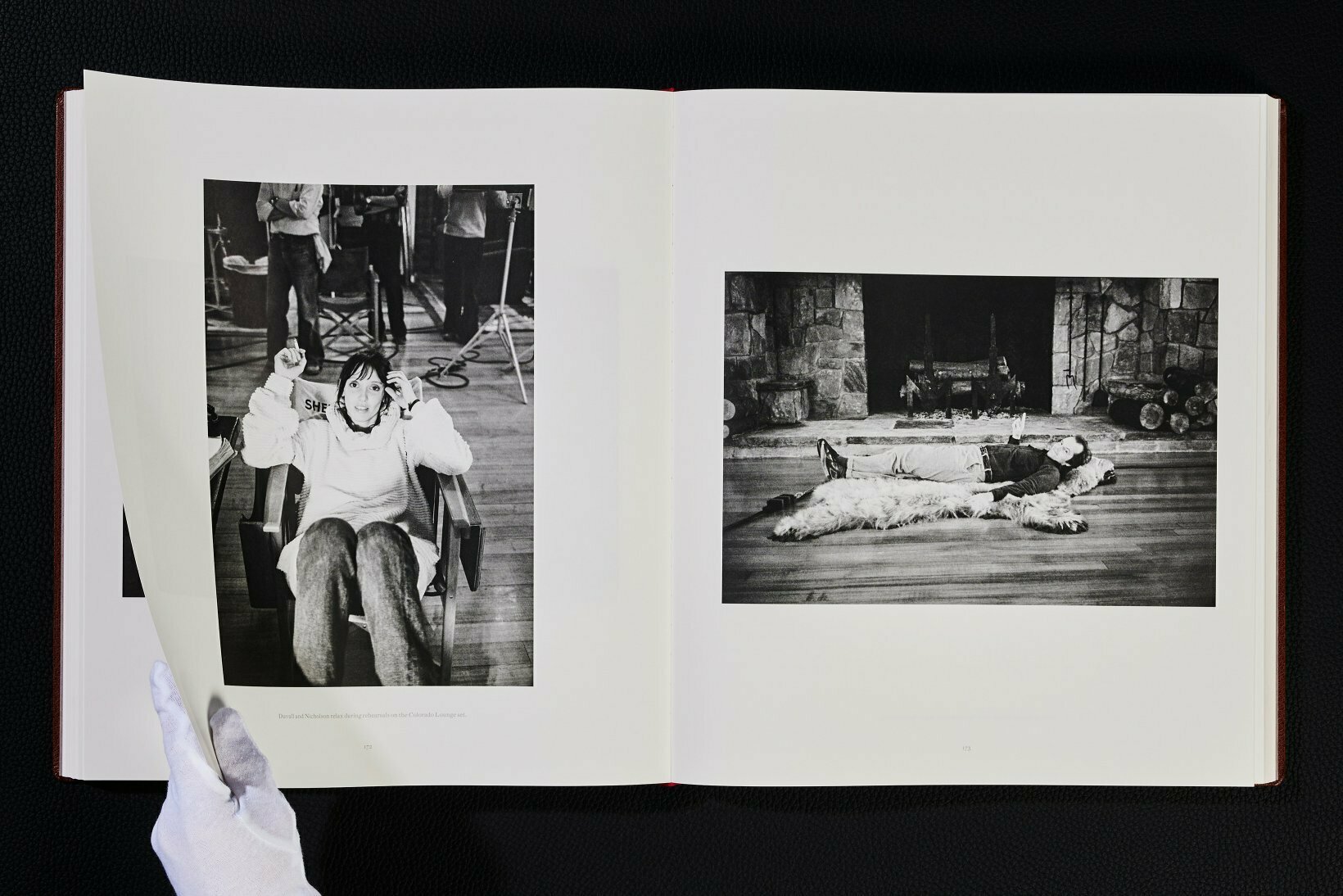
Lee Unkrich, J. W. Rinzler Box with 2 volumes and an ephemera set including facsimile reproductions and original artwork booklets,
36.5 x 42.4 cm, 19.9 kg (43.8 lb), 2198 pages € 1,500
taschen.com
“Lee Unkrich and J. W. Rinzler have opened a new window into one of the scariest films ever made, documenting the tremendous marshaling of effort, attention, and skill that went into its creation.”
The collection consists of three parts: the first, The Making Of, details how the project came into being: starting with the idea, going through the production and ending with the release of the film. The section also shows unreleased documents, including letters or notes, backstage photographs, or never-before-published scenes. The Scrapbook is an illustrated anthology with shots from Stanley Kubrick’s archive and some personal collections of cast and crew in a large volume inspired directly by the original scene object. The third part, called the Ephemera Box, consists of a typewriter paper box equal to the one in the film containing facsimile reproductions and booklets of original illustrations. The volume does justice to all the details Kubrick had thought of and planned, and through which the reader feels part of the world conceived by the director in the 1980s, discovering all the details that escape with just watching the film. In fact, Steven Spielberg, writing the preface of the first section, advises the audience to read every part of the book carefully, to look at the images and photographs, and in the very instant you lay down you have to look at The Shining again: “It doesn’t matter if you’ve already seen it 50 times, you will never look at it the same way again. Everything will change.” The director compares himself to Napoleon, highlighting the way in which the latter personally took care of the complex arithmetic of the schedules required for coordination on the battlefield; he compares the logistical aspect of the emperor to that of cinematography, telling readers that this is the only way to get what you want when you want. That attention to detail that characterizes his aesthetic brings to life a volume of thousands of pages that showcases his skill and prowess, the hard effort and determination that led him to truly make the world’s scariest film, as he desired.
For further information taschen.com.
